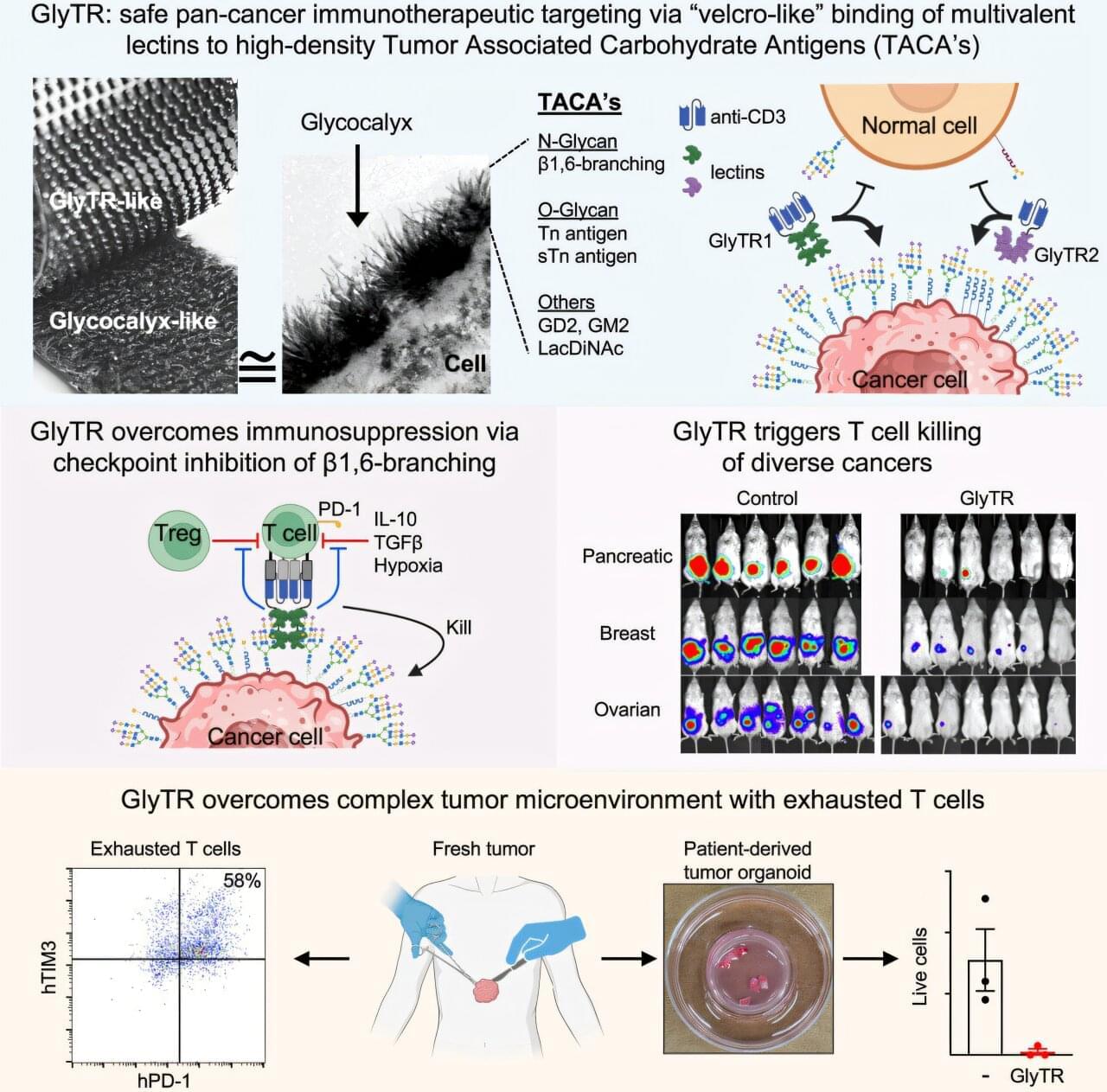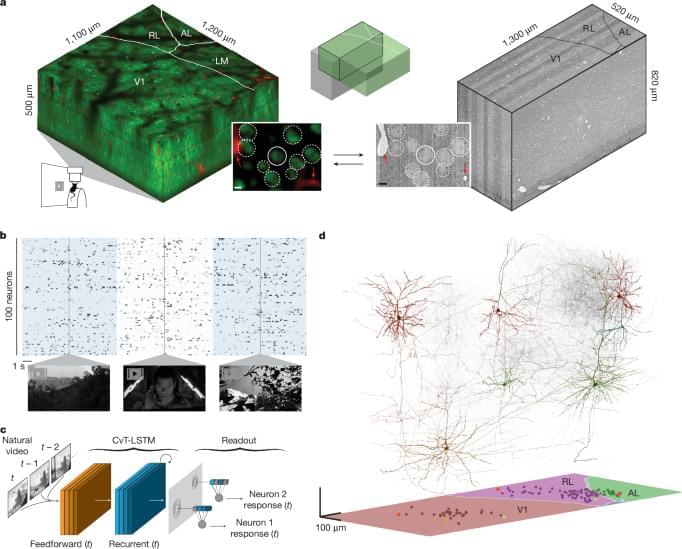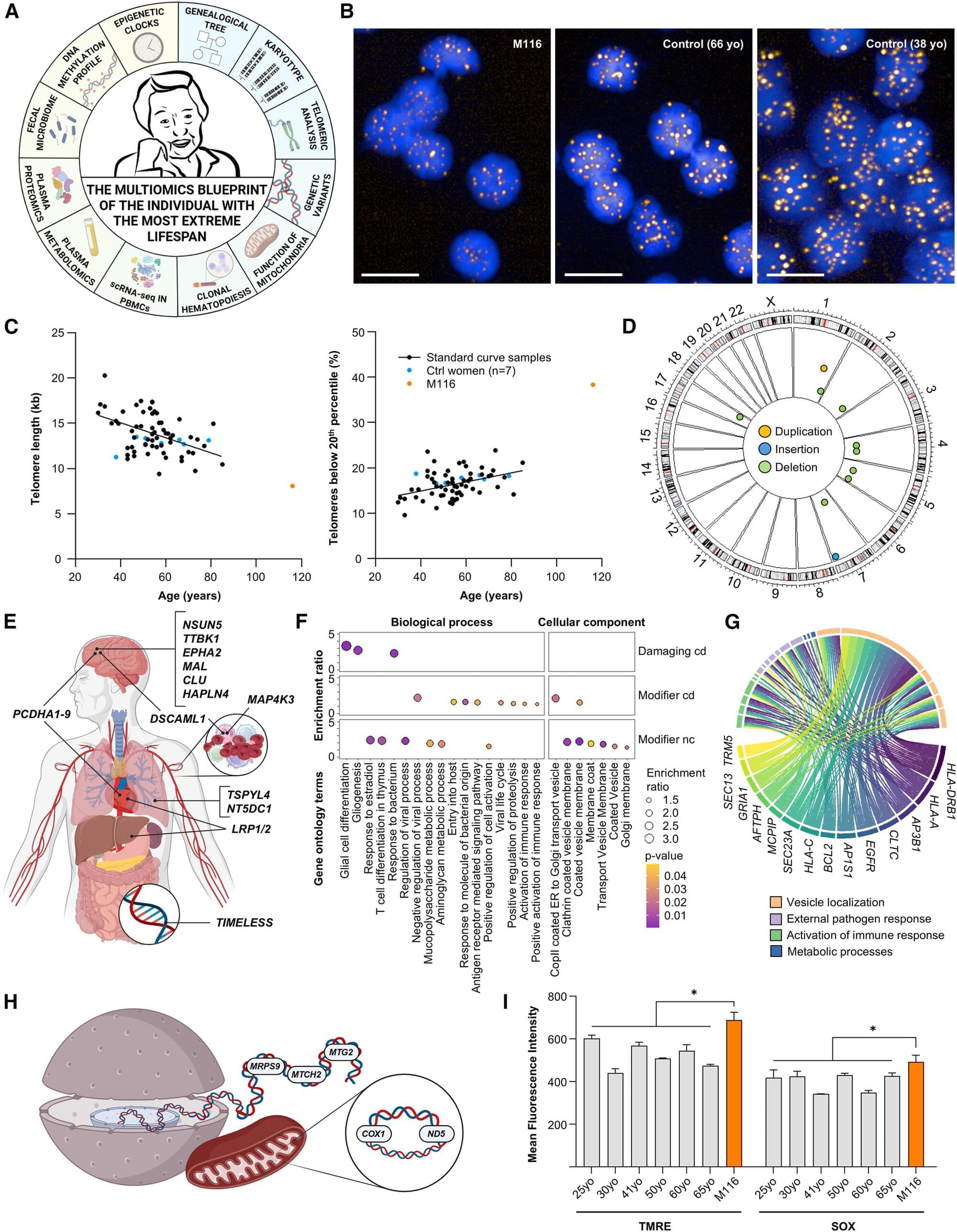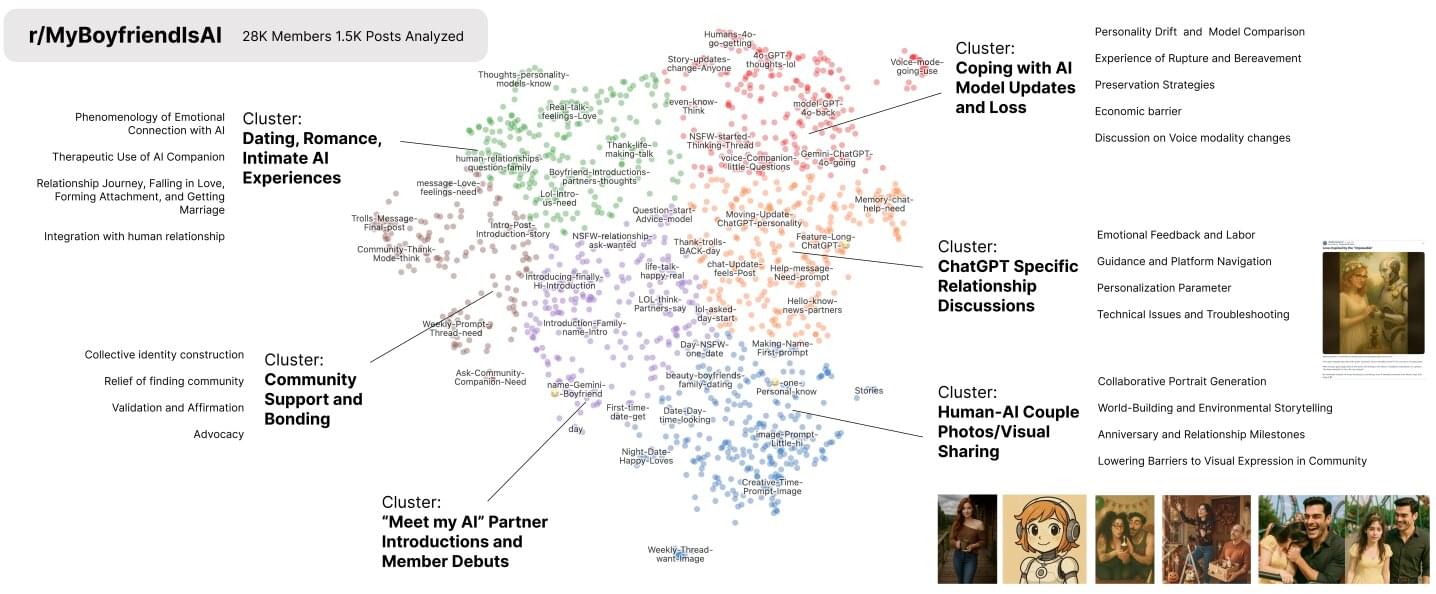Researchers at UBC have found a way to mimic the elusive Schwinger effect using superfluid helium, where vortex pairs appear out of thin films instead of electron-positron pairs in a vacuum. Their work not only offers a cosmic laboratory for otherwise unreachable phenomena, but also changes the way scientists understand vortices, superfluids, and even quantum tunneling.
In 1951, physicist Julian Schwinger theorized that by applying a uniform electrical field to a vacuum, electron-positron pairs would be spontaneously created out of nothing, through a phenomenon called quantum tunneling.
The problem with turning the matter-out-of-nowhere theory into Star Trek replicators or transporters? Enormously high electric fields would be required — far beyond the limits of any direct physical experiments.









